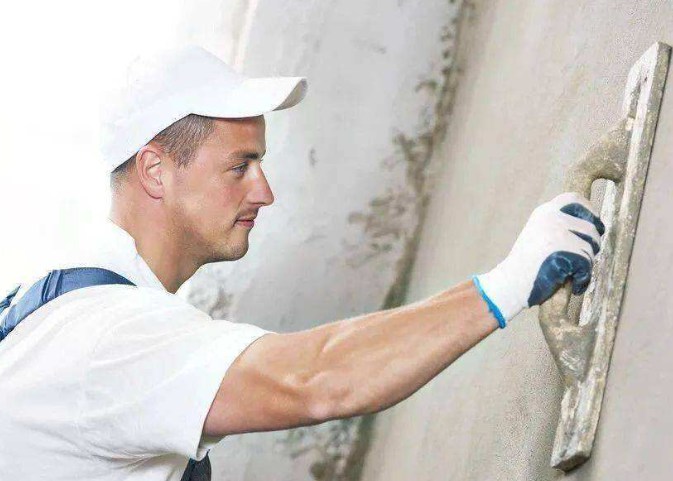Determining the Optimal Ratio of HPMC in Exterior Insulation and Finish System (EIFS) Production
Exterior Insulation and Finish System (EIFS) is a widely used construction material that provides both insulation and decorative finishes to building exteriors. It consists of several components, including a base coat, insulation layer, reinforcing mesh, and finish coat. Hydroxypropyl methylcellulose (HPMC) is often added to the base coat as a binder and thickener to enhance the performance and workability of EIFS. However, determining the most appropriate ratio of HPMC is crucial to achieve optimal properties and ensure the long-term durability of the system.
Importance of HPMC in EIFS:
HPMC is a cellulose-based polymer derived from wood or cotton fibers. It is soluble in water and forms a gel-like substance when mixed with liquids. In EIFS production, HPMC acts as a binder, improving adhesion between the base coat and the underlying substrate. It also enhances the workability of the mixture, allowing for easier application and smoother finishes. Additionally, HPMC provides improved crack resistance, water retention, and overall durability of the EIFS.
Factors Affecting the HPMC Ratio:
Several factors influence the selection of the appropriate ratio of HPMC in EIFS production:
Consistency and Workability: The ratio of HPMC should be adjusted to achieve the desired consistency and workability of the base coat. A higher HPMC ratio increases viscosity, resulting in a thicker mixture that may be more difficult to apply. Conversely, a lower ratio may lead to a runny consistency, compromising adhesion and workability.
Substrate Compatibility: The ratio of HPMC should be compatible with the substrate to ensure proper adhesion. Different substrates, such as concrete, masonry, or wood, may require varying HPMC ratios to achieve optimal bonding and prevent delamination.
Environmental Conditions: The environmental conditions, such as temperature and humidity, can affect the curing and drying time of EIFS. The HPMC ratio should be adjusted accordingly to accommodate these conditions and ensure proper setting and drying without compromising the integrity of the system.
Determining the Optimal HPMC Ratio:
To determine the most appropriate ratio of HPMC in EIFS production, a series of laboratory tests and field trials should be conducted. The following steps can be followed:
Formulation Development: Start by preparing different base coat formulations with varying ratios of HPMC while keeping other components consistent. The ratios can be incrementally increased or decreased to assess their impact on workability and performance.
Workability Testing: Evaluate the workability of each formulation by considering factors such as viscosity, ease of application, and texture. Conduct slump tests and observe the spreadability and adhesion properties to ensure the base coat can be applied uniformly.
Adhesion and Bonding Strength: Perform adhesion tests using standardized methods to determine the bond strength between the base coat and various substrates. This will help identify the ratio that provides optimal adhesion and compatibility with different surfaces.
Mechanical and Durability Testing: Assess the mechanical properties of EIFS samples produced with different HPMC ratios. Conduct tests such as flexural strength, impact resistance, and water absorption to determine the ratio that offers the best combination of strength and durability.
Field Trials and Performance Monitoring: After selecting the initial optimal HPMC ratio from laboratory tests, conduct field trials in real-world conditions. Monitor the performance of the EIFS system over an extended period, considering factors like weather exposure, temperature variations, and maintenance requirements. Adjust the HPMC ratio if necessary based on observed performanc


